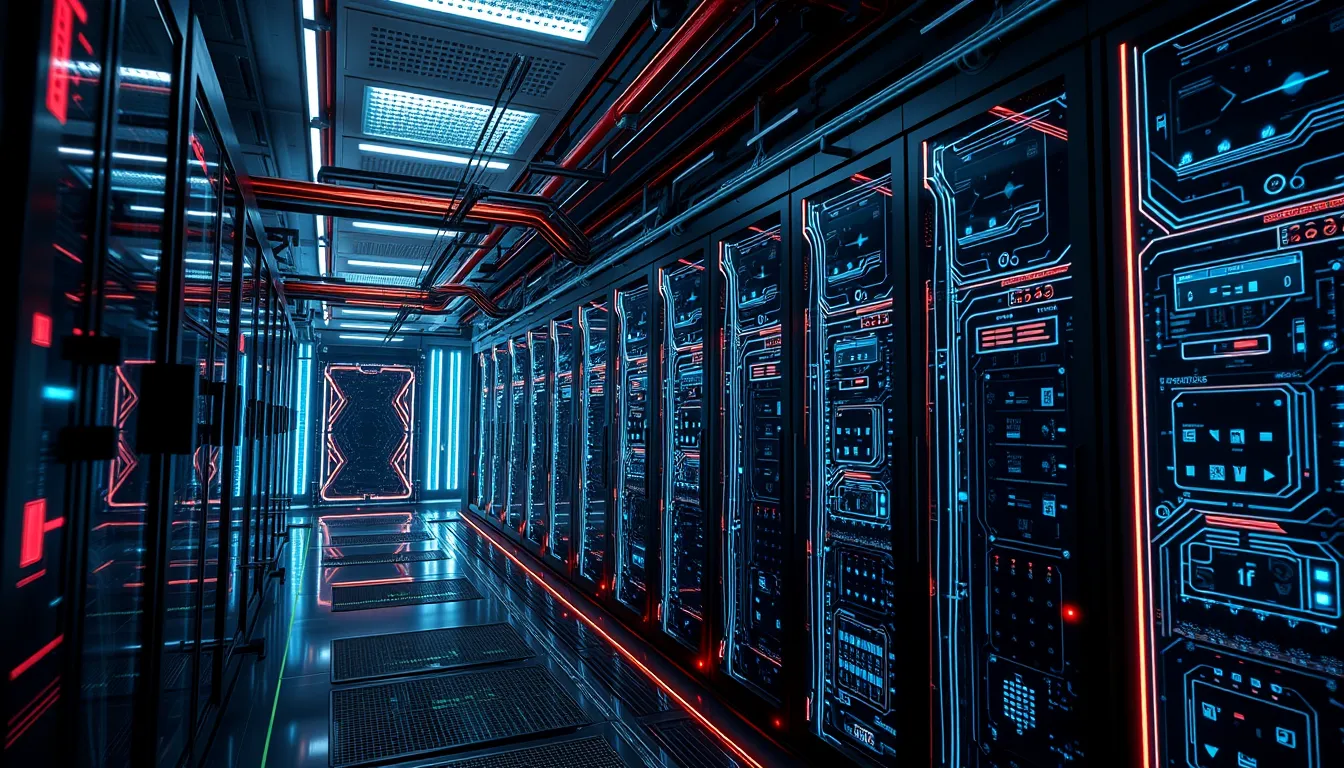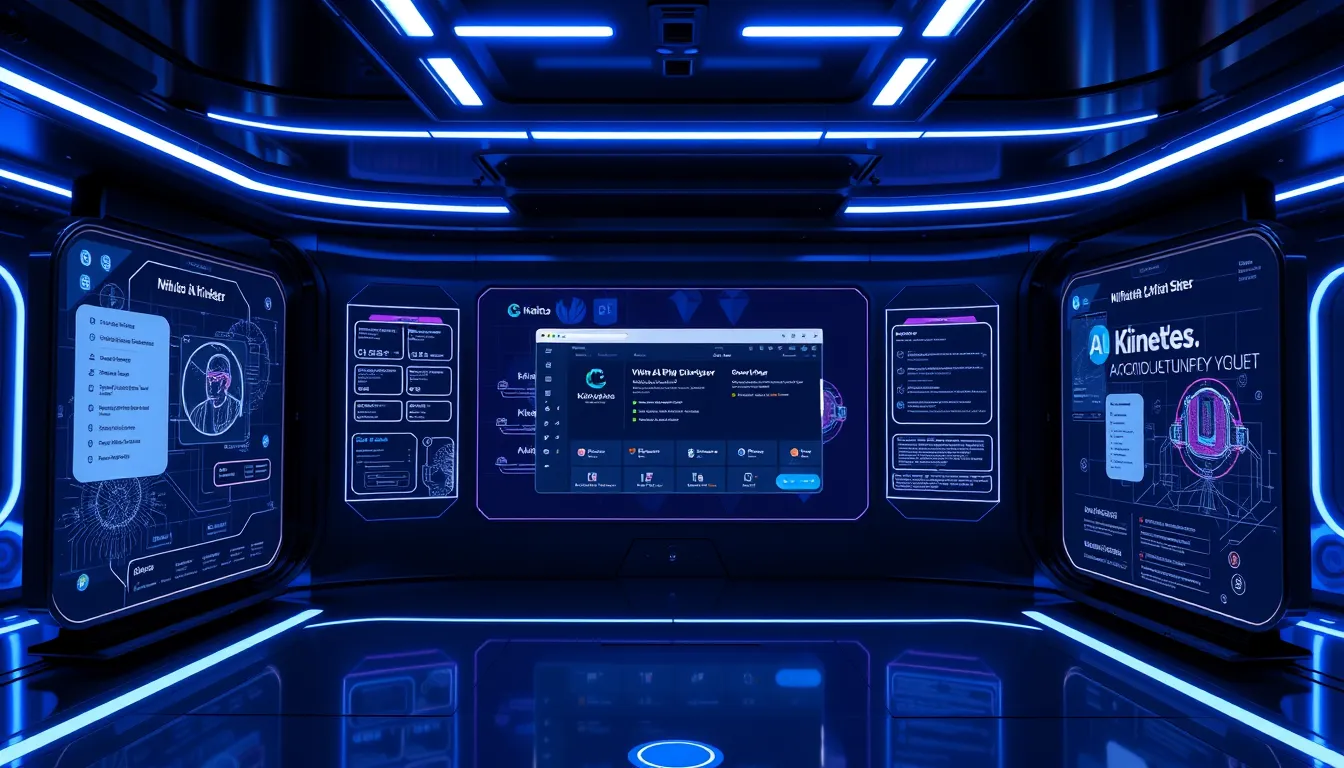Now Reading: AI Compute Infrastructure: Evolving Specialized Processors
-
01
AI Compute Infrastructure: Evolving Specialized Processors
AI Compute Infrastructure: Evolving Specialized Processors

AI Compute Infrastructure: Evolving Specialized Processors
Artificial intelligence has become a transformative force across industries, ultimately reshaping the computing landscape. Today, businesses are witnessing how artificial intelligence compute infrastructure is not only redefining processing power but also pushing the envelope in terms of efficiency and performance. In this comprehensive article, we explore the evolution of computing infrastructure, the emergence of specialized processors, and the groundbreaking innovations that are fueling this dynamic transformation.
The Rising Impact of Artificial Intelligence on Compute Infrastructure
The rapid rise of artificial intelligence has triggered a complete overhaul of traditional compute systems. Traditional CPUs, once the backbone of computing, struggle to meet the ever-growing demands of AI workloads. With increasing data complexity and the need for parallel processing, companies are embracing a new era that leverages custom accelerators and specialized processors. This shift is evident in the redesign of computing infrastructure for AI workloads, where the integration of GPUs, TPUs, and deep learning-specific chips has become indispensable.
Redesign of Computing Infrastructure for AI Workloads
Modern computing environments are undergoing a fundamental transformation. The redesign of computing infrastructure for AI workloads is a critical response to the inadequacies of legacy systems. Engineers and designers are now focused on:
- Reducing latency in data processing
- Increasing throughput across modern hardware
- Enhancing energy efficiency to support continuous operations
By implementing heterogeneous computing platforms, organizations optimize performance for both deep learning training and real-time inference. These platforms are designed to handle intensive tasks while minimizing energy consumption and operational delays.
Advancements in AI-specific Accelerators
As the demand for high-performance computing grows, advancements in AI-specific accelerators have taken center stage. Specialized processors are emerging as a vital component in meeting the resource-intensive needs of advanced algorithms. Innovations in silicon design, cooling technologies, and integrated chiplet solutions are rapidly evolving the field.
- The development of custom accelerators tailored to specific AI operations
- Improved heat dissipation and energy management in high-density chip designs
- Integration of deep learning frameworks that maximize the potential of specialized hardware
These advancements are not only increasing raw computational power but also ensuring that systems can adapt to evolving AI models efficiently. As a result, artificial intelligence compute infrastructure continues to be refined, meeting the dual challenge of performance and energy conservation.
Evolution of Chip Architectures for Real-Time Inference
One of the most critical challenges in the AI era is achieving real-time inference. The evolution of chip architectures for real-time inference has been driven by the need for instant decision-making and responsiveness in applications ranging from autonomous vehicles to real-time medical diagnostics. By rethinking traditional designs, chip makers are now implementing robust architectures that can seamlessly process massive volumes of data with minimal latency.
- Enhanced parallel processing capabilities
- Optimized memory hierarchies
- Dedicated cores for AI tasks
These innovations allow systems to not only perform deep learning tasks efficiently but also to scale as demands increase. The integration of real-time inference capabilities into computing infrastructure promises to revolutionize industries by enabling smarter, faster decision-making processes.
Integrating Software and Hardware for a Unified Future
Beyond the hardware revolution, software optimization is equally crucial in realizing the full potential of artificial intelligence compute infrastructure. The collaborative synergy between cutting-edge hardware and next-generation software frameworks is driving unprecedented performance improvements. Modern programming models and AI frameworks are increasingly designed to leverage the benefits of specialized processors and heterogeneous computing platforms.
- Improved scalability and reliability
- Enhanced data processing speeds
- Streamlined management of complex AI workloads
This unified approach ensures that as the compute infrastructure evolves, it remains capable of supporting innovative applications that drive both industrial and consumer advancements.
Conclusion
The journey towards a future dominated by artificial intelligence compute infrastructure is well underway. As we continue to redesign traditional computing systems and embrace specialized processors, the evolution of chip architectures and the integration of robust software solutions drive the momentum for continued innovation. The advancements discussed in this article—the redesign of computing infrastructure, breakthroughs in AI-specific accelerators, and the evolution of chip architectures for real-time inference—collectively mark a significant leap forward. This new era is characterized by higher efficiency, reduced latency, and unprecedented scalability, setting the stage for transformative developments across the digital landscape.
Embracing these changes is not merely an upgrade, but a strategic reinvention that propels technology into a realm where performance and precision are paramount. The future of AI lies in merging the best of compute infrastructure with specialized hardware, promising a world where limitations are continually redefined and every challenge is met with innovative solutions.

























